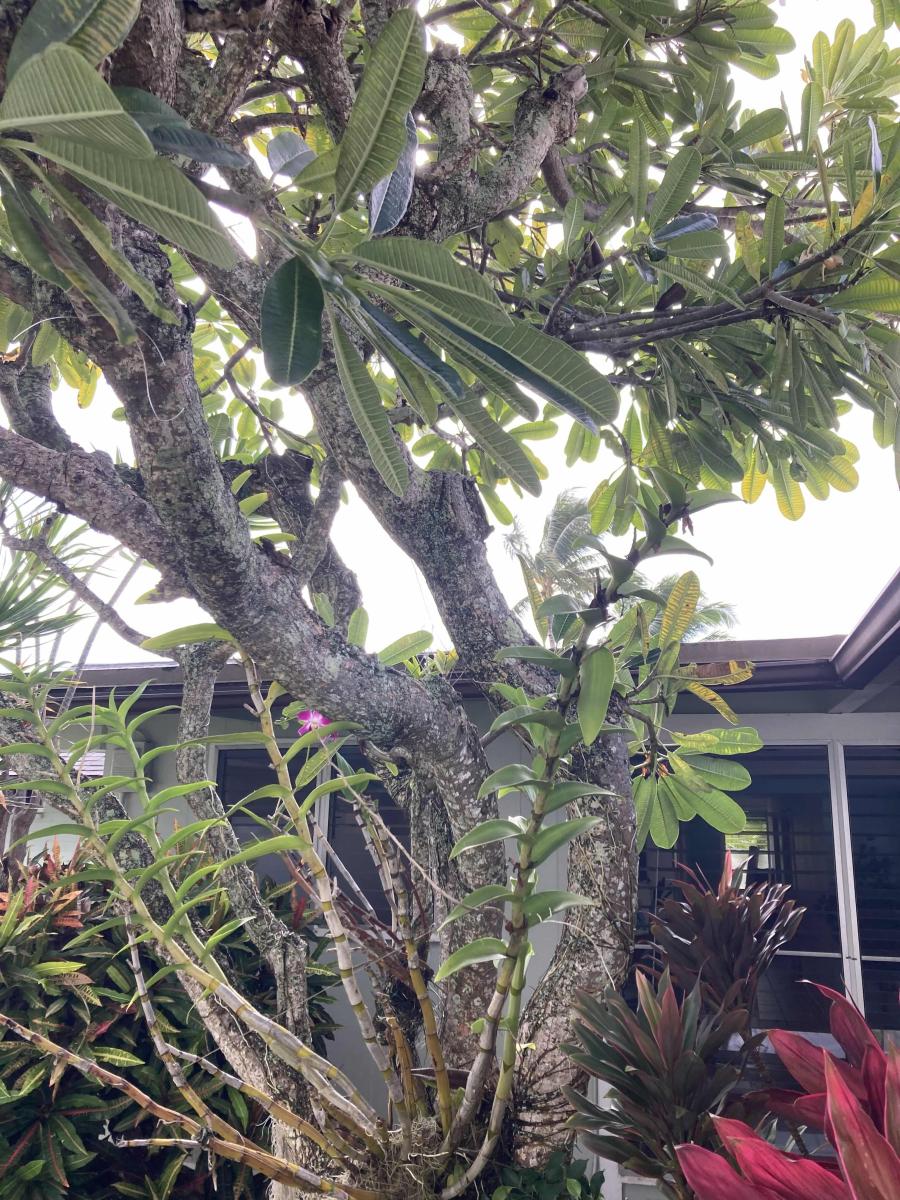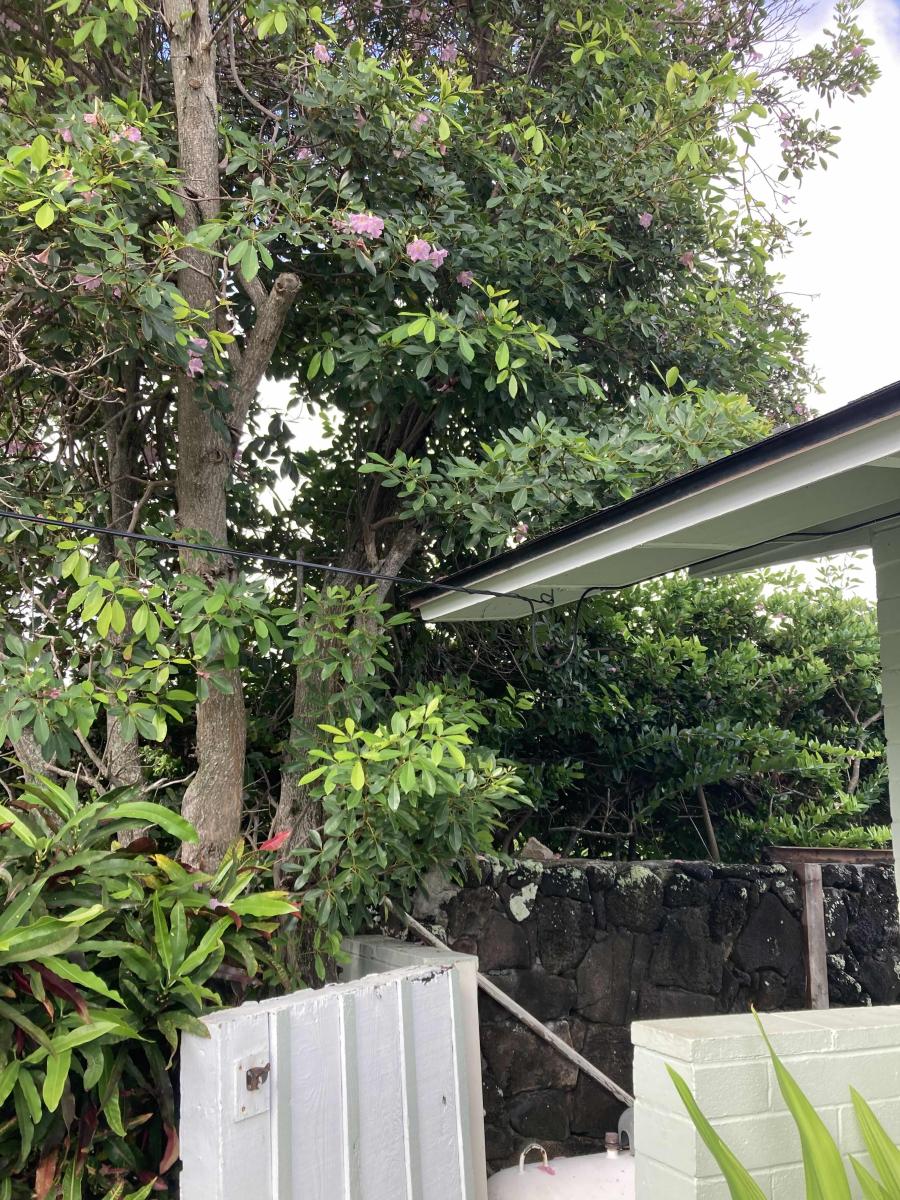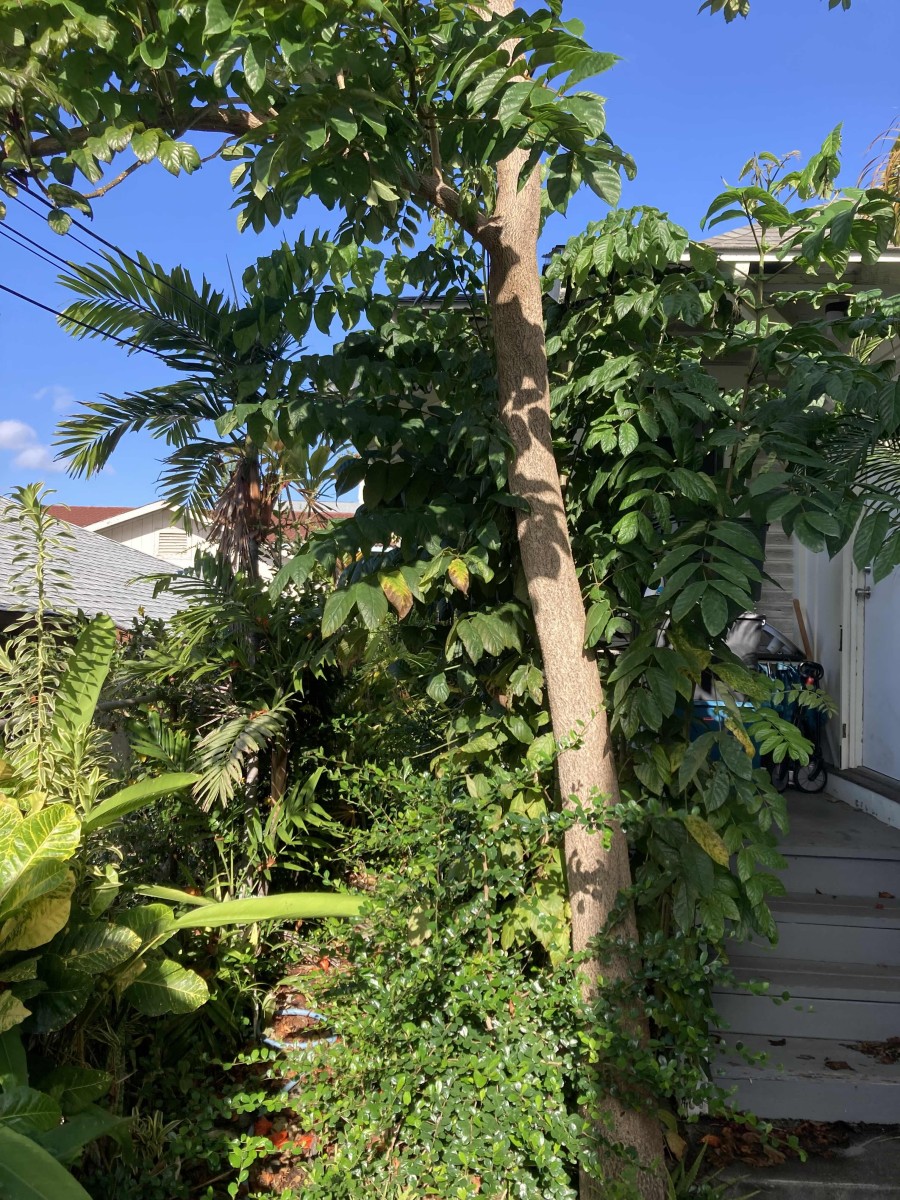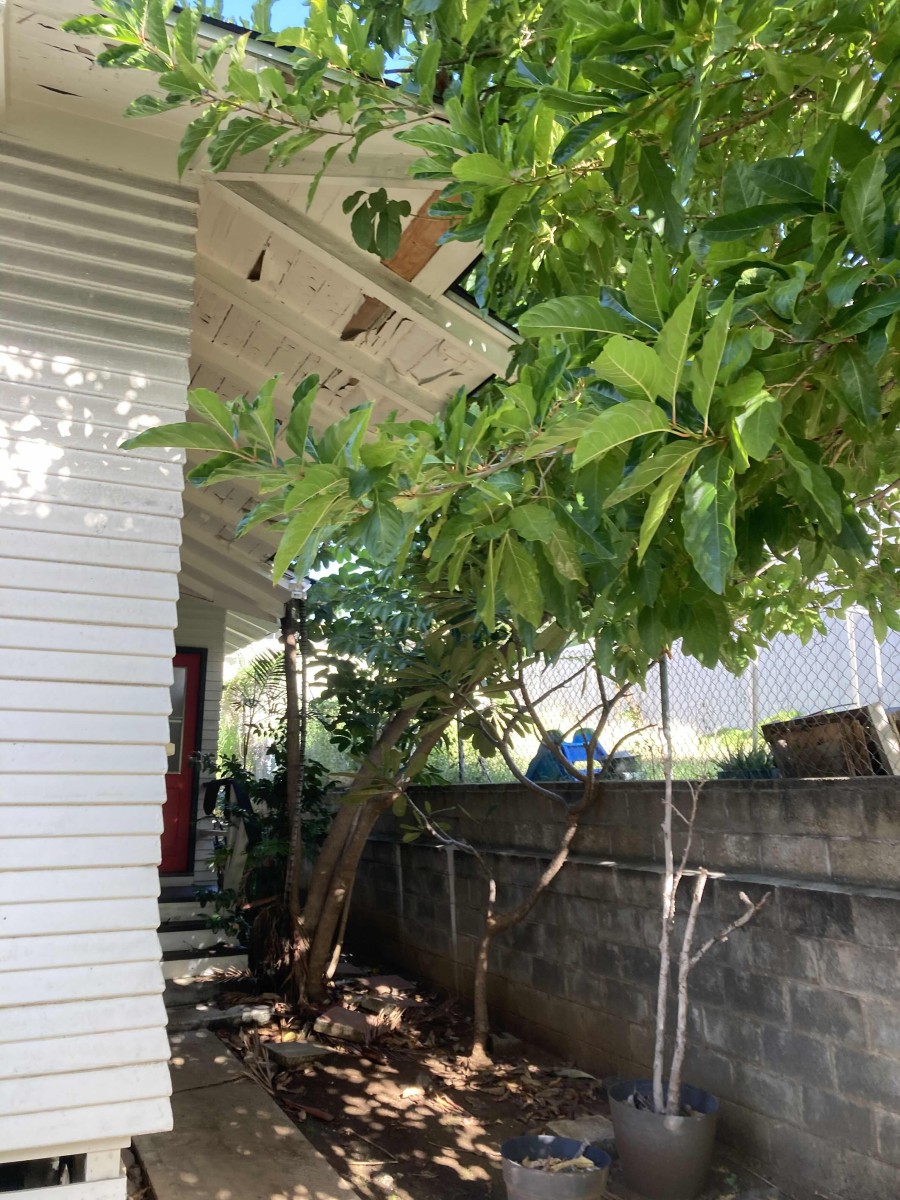Bridges for Pests: How Overgrown Foliage Invites Infestations
Branches Foliage
Why Overgrown Trees and Bushes Are a Problem
When trees, bushes, and vines grow too close to buildings, they create natural bridges for pests like rodents, insects, and even wildlife to access your home. Roof rats, ants, and termites use these pathways to enter attics, crawl spaces, and walls—often leading to major infestations.
Risks of Foliage Too Close to Structures:
- Rodents & Squirrels: Roof rats and squirrels climb trees and branches to enter attics and eaves.
- Insects & Termites: Branches touching a house allow ants and termites to bypass soil treatments and access wooden structures.
- Bird Nesting: Overhanging branches provide ideal nesting spots, leading to droppings, noise, and debris buildup.
- Moisture & Mold Issues: Dense foliage traps moisture against siding and roofs, weakening materials and creating mold-prone areas.
How to Fix It:
- Trim branches to maintain at least 4 feet of clearance from roofs and walls.
- Cut back dense vegetation to reduce hiding spots for pests.
- Keep gutters clear to prevent nesting and moisture buildup.
- Regularly inspect rooflines and attic spaces for early signs of pests.
By maintaining proper distance between foliage and your home, you can prevent pest infestations before they start and protect your property from costly damage.






